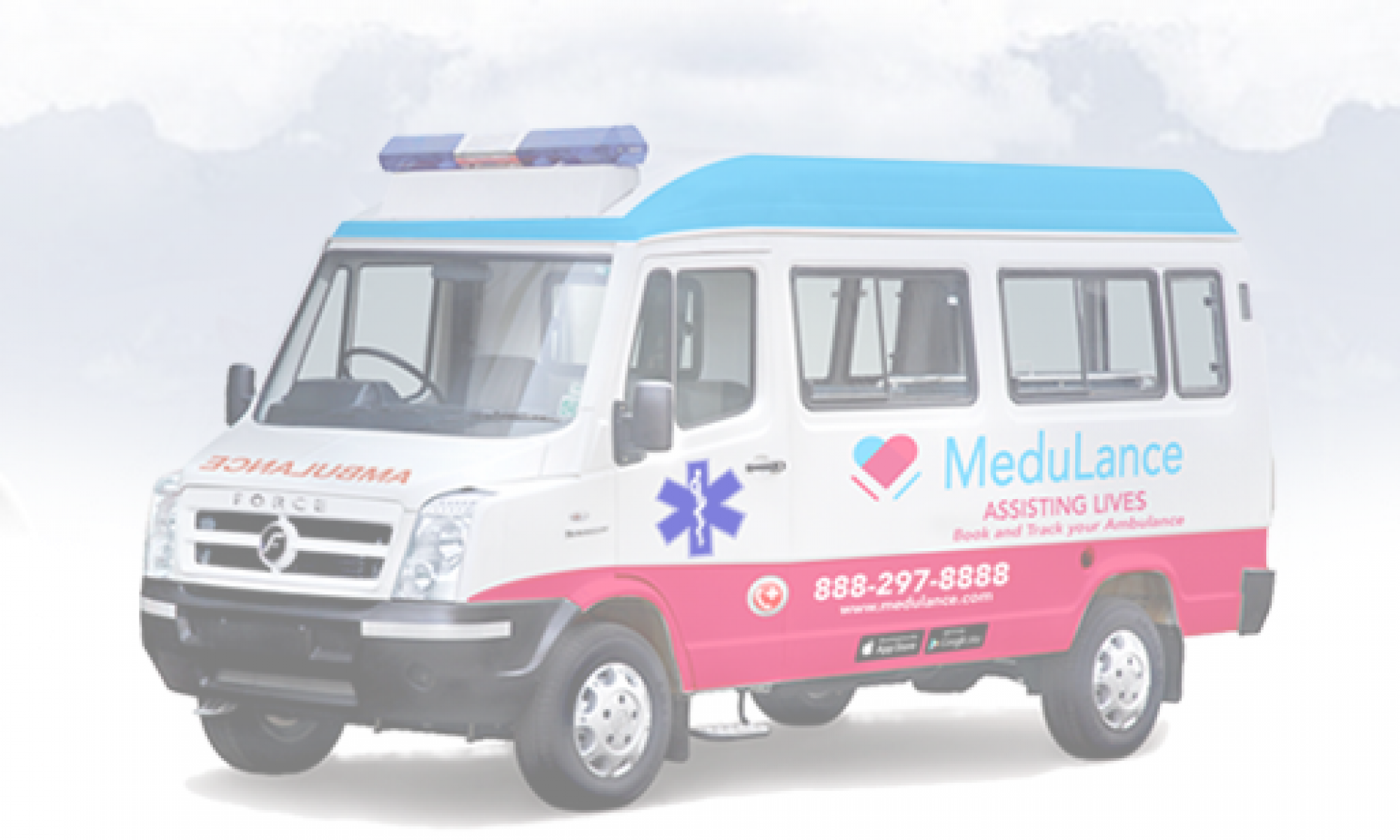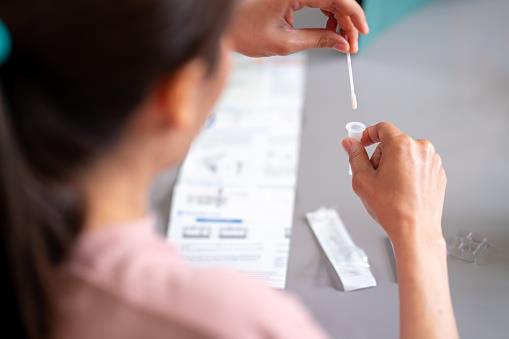In the last half a decade, medical insurance has gained immense popularity amongst Indians. Lifestyle changes in the citizens are making them more prone and vulnerable to a variety of healthcare issues. These unwanted health-related problems burden an average person with extra expenses which come in as a stressful life since the treatment costs are also not low. In such circumstances, a health insurance plan comes as a savior. While insurance companies serve with a portfolio of different schemes and policies, people lookout for the best one within their budget which can offer comprehensive coverage simultaneously.

Medi-claims in the Indian scenario:
Indian Brand Equity Foundation (IBEF) Annual Report 2017 reported that 85-90% of life insurance frauds fall in the sum assured bracket of Rs.1 Lakh to Rs.10 Lakh. An estimated 10-12 % of the claims are found to be fraudulent or suspected ones. 80 districts across the country have excelled in fraudulent claims over the last decade. And around Rs.10,000 crore was the estimated cost of frauds that were led by fake certificates and other related organized crimes.
Furthermore, per BloombergQuint’s article, only 18 % of urban Indians and 14.1 % of those in rural areas have any health insurance coverage. Out of that, many are reliant on corporate insurance plans, which come with their own set of conditions and, more importantly, have a low sum insured.

Government Initiatives:
The central government has launched its one of the ambitious projects for upgrading Indian healthcare system – the National Health Protection Scheme (NHPS). The scheme has been referred as the world’s most massive health insurance plan. The plan aims at covering ten crore families which amount to approximately 50 crore beneficiaries at large. The coverage amount will be Rs.5 lakh per family per year for secondary and tertiary healthcare. In coming years, the scheme is expected to merge with the existing plan such as Rashtriya Swasthya Bima Yojana (RSBY), along with other state insurance schemes. This cover amount is significantly higher than any other central or state government schemes.
These measures are government’s latest attempt at reforming India’s healthcare system and moving towards making India a healthy nation without any shortage of hospitals, doctors and financial aids to the needy. Moreover, in recent times, the government has also regulated the prices of critical drugs and medical equipment to make them available for the public at large at a minimum cost. Few other plans also have a roadmap of setting up government medical colleges and hospitals to combat the dismal health situation of the nation.
Although the mega-project seems to be a highly ambitious one, it will be no easy job for all the parties involved, i.e., the government, insurers, doctors, and citizens. While challenges are bound to be there and will a tough job to face them, the Indian healthcare industry will be going to have countless opportunities to flourish in the coming future.










